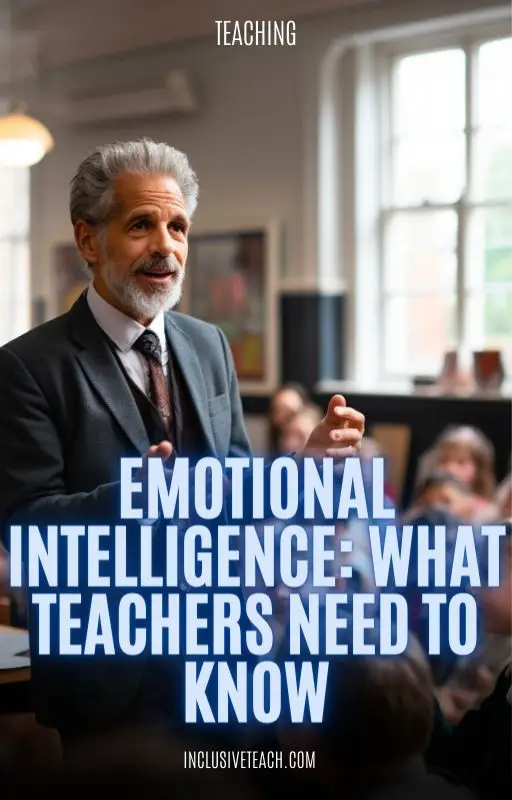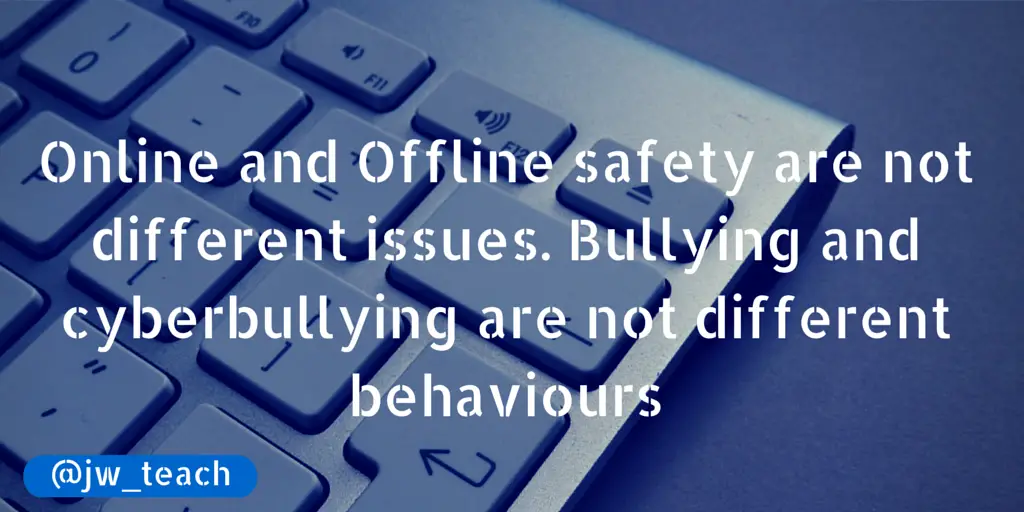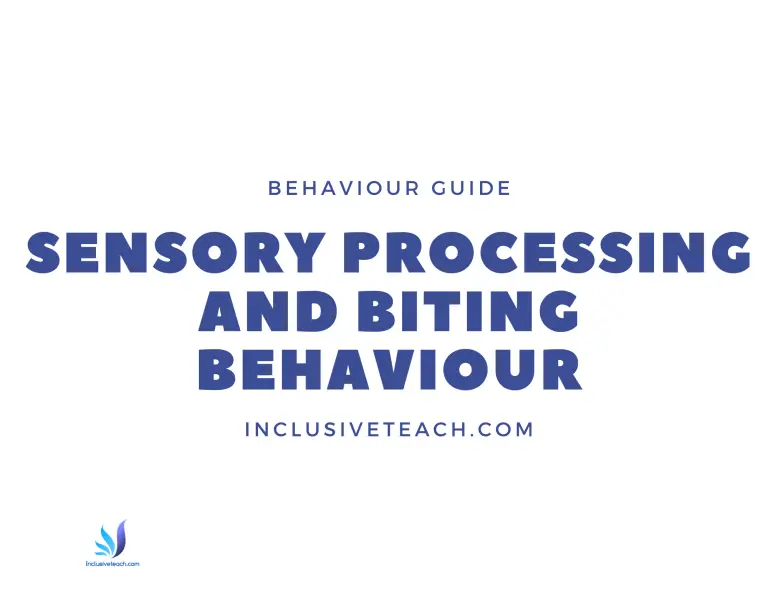Daniel Goleman, Emotional Intelligence and Teaching
Emotional Intelligence: What Teachers Need to Know
Emotional intelligence (EI) is the ability to perceive, understand, and manage one’s own emotions and relationships. It involves being aware of emotions in oneself and others and using this awareness to guide thinking and behavior. Emotionally intelligent individuals can motivate themselves, read social cues, and build strong relationships.
Daniel Goleman, a psychologist and journalist, popularised the concept of EI in his best-selling book “Emotional Intelligence Why it Can Matter More Than IQ“. He proposed that EI consists of five components: self-awareness, self-regulation, motivation, empathy, and social skills. He also argued that EI is more important than IQ for success in life, as it affects how we communicate, learn, work, and lead.
But what does EI mean for teachers and students? How can teachers develop Emotional Intelligence in themselves and their classrooms? What are some of the challenges and criticisms of EI theory and practice? In this article, we will explore these questions and provide some practical tips and resources for teachers who want to enhance their EI.
Applying Emotional Intelligence in the Classroom
Emotional Intelligence can have a positive impact on both teaching and learning outcomes. Research has shown that teachers with high EI tend to have better classroom management, higher student engagement, lower stress levels, and more job satisfaction. Students with high EI tend to have better academic performance, social skills, mental health, and resilience.
Here are some ways that teachers can apply EI in the classroom:
- Model EI behaviours. Teachers can demonstrate Emotional Intelligence by expressing their emotions appropriately, showing empathy and respect for others, setting goals and expectations, giving constructive feedback, and resolving conflicts peacefully.
- Teach EI skills explicitly. Teachers can use various strategies and activities to teach students about emotions, such as naming emotions, identifying triggers and coping strategies, role-playing scenarios, reading stories, watching videos, or playing games.
- Create an emotionally safe environment. Teachers can foster a positive classroom climate by establishing clear rules and routines, encouraging cooperation and collaboration, celebrating diversity and inclusion, praising effort and improvement, and providing emotional support.
- Integrate EI across the curriculum. Teachers can incorporate EI into different subjects and topics by using relevant examples, questions, discussions, projects, or assessments that require students to apply their Emotional Intelligence skills.
- Assess EI development. Teachers can use various tools and methods to measure students’ progress in developing their EI skills, such as self-reports, peer-reports, teacher-reports, observations, portfolios, or rubrics.
Criticisms of Emotional Intelligence Theory
Despite its popularity and benefits, EI theory is not without its critics. Some of the common criticisms of EI are:
- EI is poorly defined and measured. There is no consensus on how to define or measure EI among different models and researchers. Some argue that EI is not a form of intelligence at all, but rather a set of personality traits or skills that can be influenced by other factors.
- EI is not a new concept. Some claim that EI is nothing more than a repackaging of existing psychological constructs that have been studied for decades, such as personality traits (e.g., extraversion), cognitive abilities (e.g., verbal reasoning), or social skills (e.g., communication).
- EI is overhyped. Some contend that EI is exaggerated in its importance and effectiveness for success in life. They point out that there is limited evidence to support the claims that EI predicts outcomes better than IQ or other factors.

FAQ Section
Here are some frequently asked questions about Emotional Intelligence:
- What is the difference between IQ and EI?
- IQ measures one’s cognitive abilities or intelligence quotient. It typically includes skills such as logic, reasoning, memory, and problem-solving. IQ is often considered stable and innate. EI measures one’s emotional abilities or emotional quotient. It typically includes skills such as awareness, regulation, motivation, empathy, and relationship management. EI is often considered flexible and learnable.
- How can I improve my Emotional Intelligence?
- There are many ways to improve your EI, such as:
- Practicing mindfulness
- Seeking feedback
- Reflecting on your emotions
- Learning from others
- Reading books
- Taking courses
- Seeking professional help
- There are many ways to improve your EI, such as:
- How can I assess my EI?
- There are various tools and methods to assess your EI, such as:
- Taking online tests such as this one.
- Completing self-reports
- Asking for peer-reports
- Consulting with experts
- Keeping a journal
- Reviewing your performance
- There are various tools and methods to assess your EI, such as:
- Where can I find more resources on EI? There are many resources available on EI, such as:
- Books – Emotional Intelligence 2.0 by Travis Bradberry and Jean Greaves
- Podcasts Unlocking Us by Brené Brown, a researcher and author on vulnerability and courage
- Courses Inspiring Leadership through Emotional Intelligence by Case Western Reserve University, a free online course on Coursera)
- Videos – Emotional Intelligence a Youth Perspective, a TED talk







One Comment